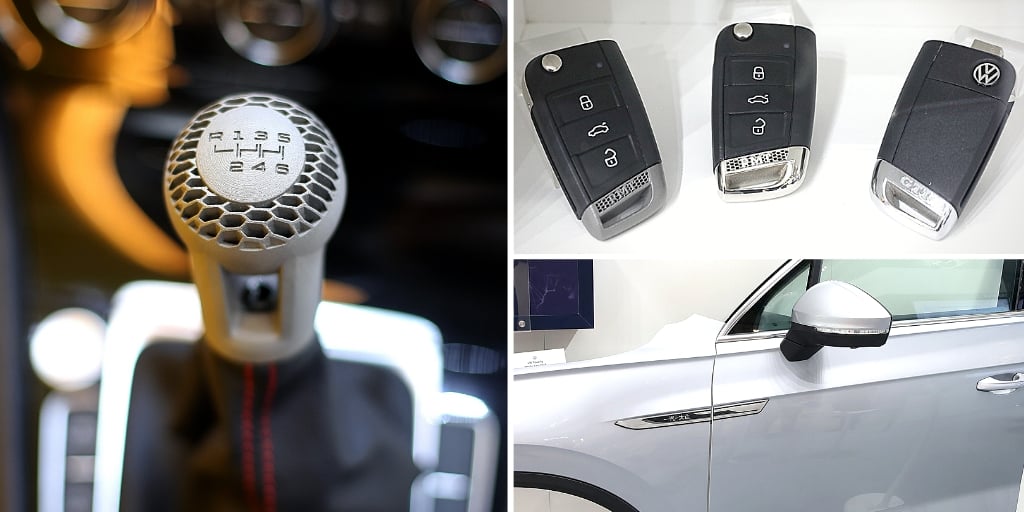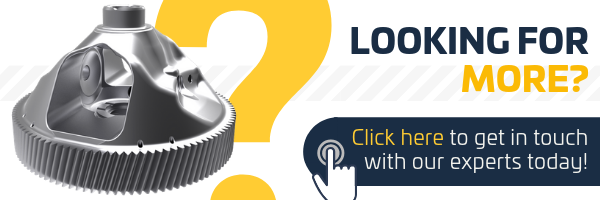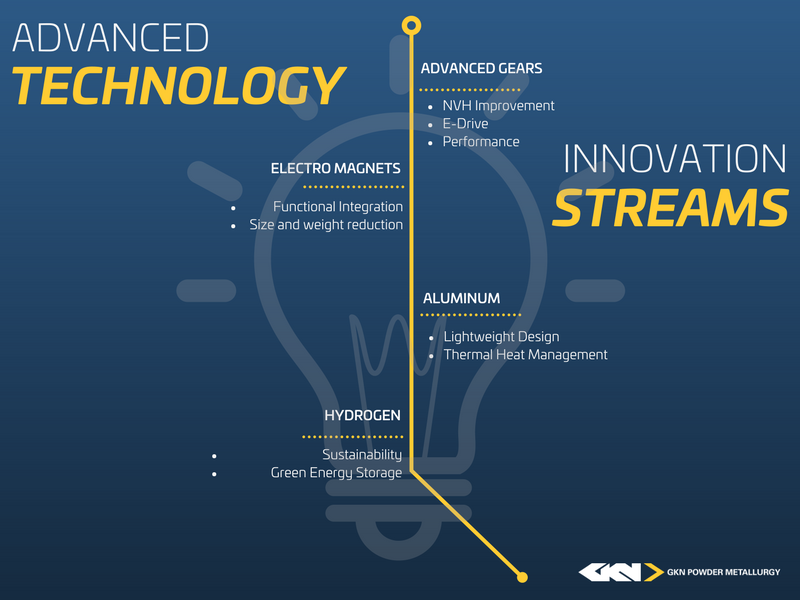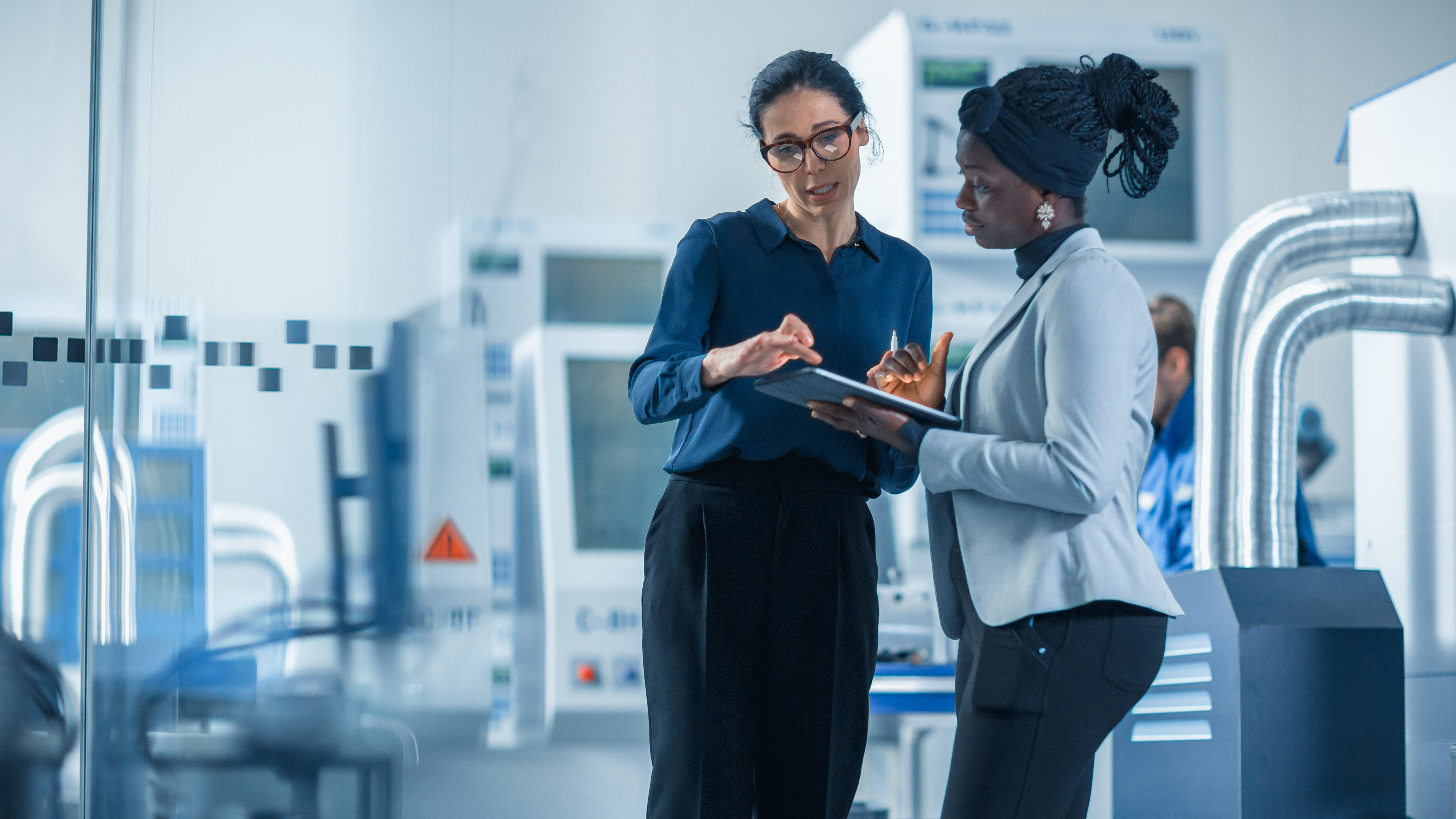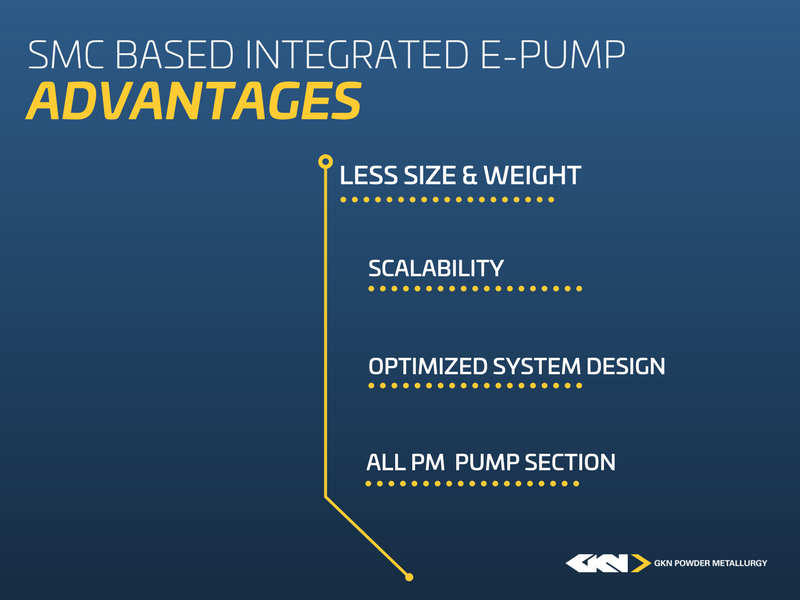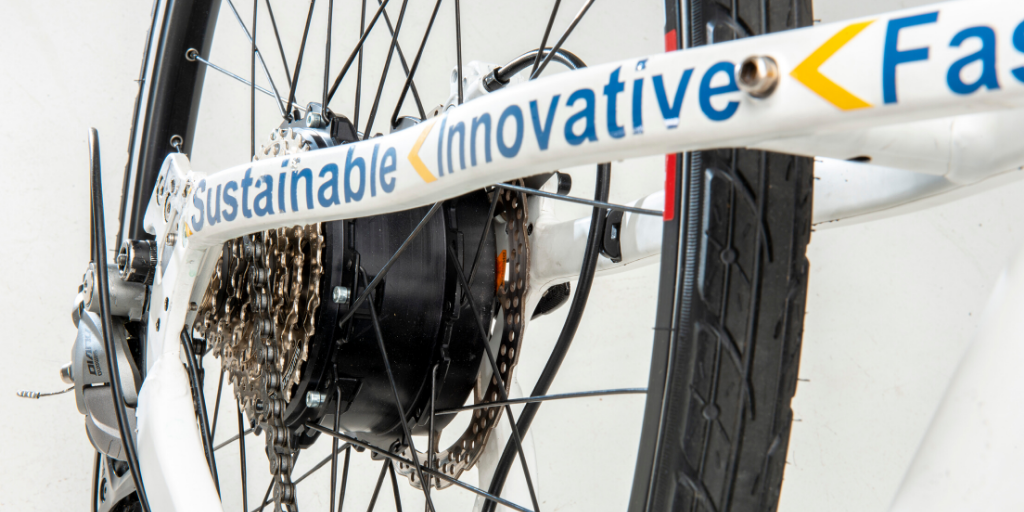Read time: 4 mins
Date posted: Aug 2019
Theme: Additive Manufacturing
Metal 3D printing is key to the future of the automotive development processes
Across the globe we have initiated conversations with industry professionals who are eager to learn the limitless possibilities of metal 3D printing, but the question remains: Where does this technology lead us in supporting car manufacturers?
Across the globe we have initiated conversations with industry professionals who are eager to learn the limitless possibilities of metal 3D printing, but the question remains: Where does this technology lead us in supporting car manufacturers?
We have previously discussed that additive manufacturing will have a major influence on the success of automotive development in the future. Now let's take this further, and see the detailed solutions GKN Additive can provide to the challenges in the automotive development process.
Additive manufacturing (AM) can influence every step of the automotive engineering product development cycle. From ideas in concept to the development of a successful product, AM provides value by reducing constraints.
 Metal 3D printing already has a strong impact on the automotive development process
Metal 3D printing already has a strong impact on the automotive development process
The use of additive manufacturing for product development processes offers the great advantage that it can be produced without tools. This means that there are neither long waiting times nor large investments to get parts or implement design changes. This grants developers additional time to focus on the design process and improve the application. The time-consuming process of waiting for sample parts or using a complex ordering process has finally come to an end with the use of metal 3D printing.
What are the most frequently asked questions we have heard in regards to metal 3D printing impacting the automotive design process?
1. What is the effect of metal AM in the journey from product definition to product design?
Product definition is a process step that is characterized with freedom of thought and creativity. Ideas have a right to be present, and at GKN Additive we don’t think anything is impossible. Some of the most daring ideas become the most creative and successful products.
AM supports this creative process by providing design variations. A step in this is topology optimization, offering creative approaches to generating the first steps of creatives ideas and planning in advance for considerable design changes.
The ideas are then visualized during concept development. Here the focus is usually on specific customer needs, like convenience, usability or functionality. To open the possibility of creating breakthrough concepts, there is an emphasis on functional integration to offer designs previously unthinkable.
The customer’s quality of experience plays an important role in concept development, which influences the man-machine interface in digital manufacturing. In the same timeframe, we can simulate components in AM while gaging customer expectations and feedback.
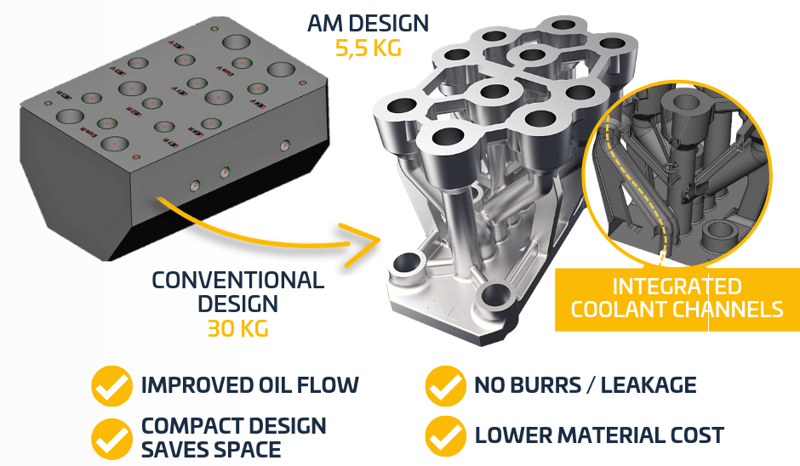 During the product definition and the product design phase, Metal AM provides powerful advantages, like design freedom, functional integration and testing variety ease
During the product definition and the product design phase, Metal AM provides powerful advantages, like design freedom, functional integration and testing variety ease
Product design revolves around designing a product based on the findings from product definition and concept development. In the past, this step was mainly used for visualisation by using dough or 3D models, but AM now replaces this area. Especially when it comes to limiting installation space or weight, the use of AM has great advantages. The engineers are now able to test the interfaces and accuracy of fit between the components in a very quick workflow. Additionally, freeform design opens all possibilities in product design and other component functionalities can be included that would traditionally be impossible.
Using this method these design features are integrated directly into products and ideally designed from the outset using simulations. DFAM can optimize products for functional performance and reliability, cost, and manufacturability. To take full advantage, DFAM should be implemented as early as possible in the design phase.
2. How can metal AM support component development and the prototype phase?
Prototypes made by metal 3D printing allow you to receive functional and resilient prototypes within weeks instead of months. This allows designers time to test factors like usability, ergonomics, manufacturability and materials. Because of this, you can adapt the function and design of a component at an early stage in the development process, saving costs and minimizing the investment risk for the company.
Prototyping with metal AM is no longer just used in isolated cases, but is becoming a standard for rapid development. Through framework agreements and short order processes, a solid implementation of the process has already begun.
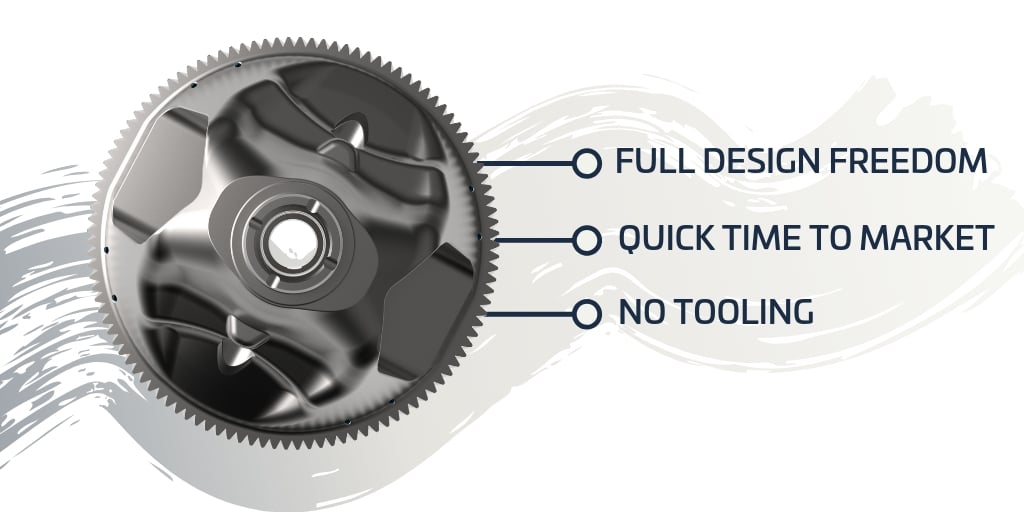 3D printed prototypes offer full design freedom, quick time to market and don't require tooling.
3D printed prototypes offer full design freedom, quick time to market and don't require tooling.
3. How can Metal AM influence pre-production and series production?
In pre-production and series production, metal 3D printing delivers fast models to test further product optimizations for special-made models and custom products. Especially in a high-priced market with a need for individuality, metal AM offers complete design freedom in both interior (individual gear knobs, levers, lettering) and exterior designs (surface styling, custom logos).
Other components can also benefit from the technology due to adapting the ordering process to fit short lead times.
Metal 3D printing enables a high degree of customization. The images above show gear shifts knobs, key fobs and plates printed with the HP Metal Jet technology. All components benfit from bionic desings, high detail resolution, lettice structures and adjustable surface finish.
4. Where can AM support the Automotive aftermarket?
At GKN Additive, our focus is to substitute components for the aftermarket that no longer exist or are costly to rework in production.
For example, we completed a project with Retromotion for a customer who was searching for a supplier to replace a broken door handle on their classic Ferrari Mondial QV Cabriolet. We re-manufactured the broken components and printed them with the same shape and surface condition as the original parts. Within two weeks, a component no longer available in the aftermarket was re-produced by Metal AM. By subsituting design and materials, the owner was able to full restore the functionality of the vehicle with metal AM.
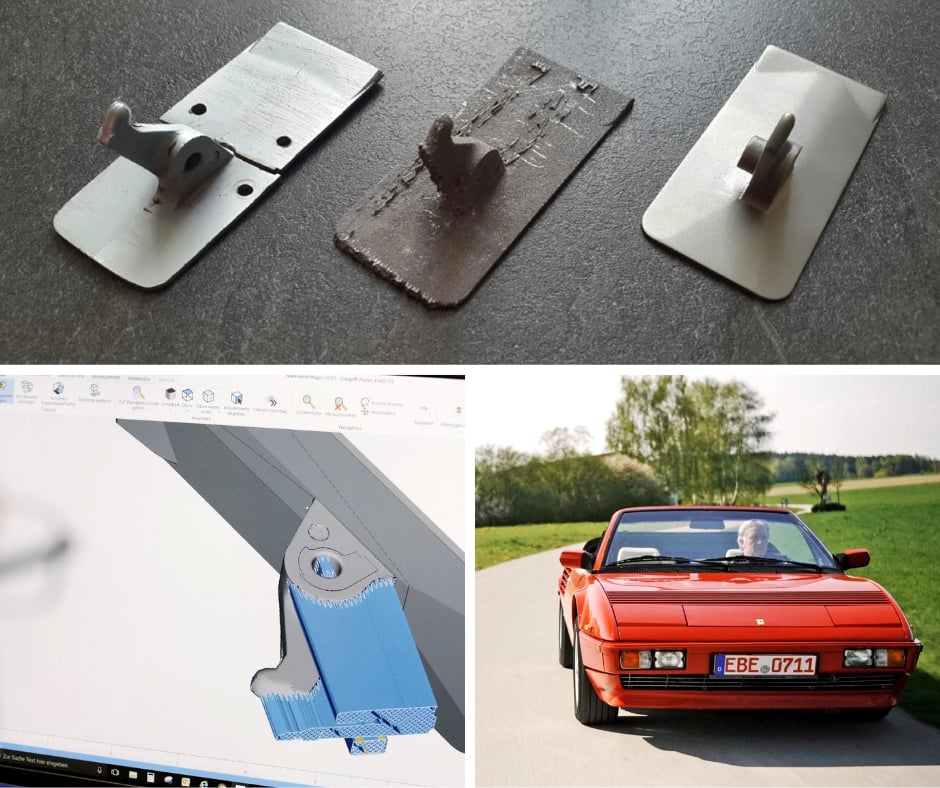 GKN Additive replaced the broken door handle on a classic Ferrari Mondial QV Cabriolet. The upper images shows the original broken door handle (left), the blank for the 3D printer (middle) and the finished product (right) (Image Source: Retromotion)
GKN Additive replaced the broken door handle on a classic Ferrari Mondial QV Cabriolet. The upper images shows the original broken door handle (left), the blank for the 3D printer (middle) and the finished product (right) (Image Source: Retromotion)
Metal AM will change the way how we will develop, produce and use vehicles in the future with unlimited potential in design, volume flexibility and additional value with new alloys and optimized light weight designs. This will also have a major impact in the development of electric powertrains, autonomous feature and future vehicles.
So, what does metal AM offer the automotive development process? A new way of thinking; AM offers a framework of design freedom, process stability, speed and reduced tooling costs. This enables engineers and purchasers to optimally design the product development process right from the start and to regularly carry out continuous improvement steps.
